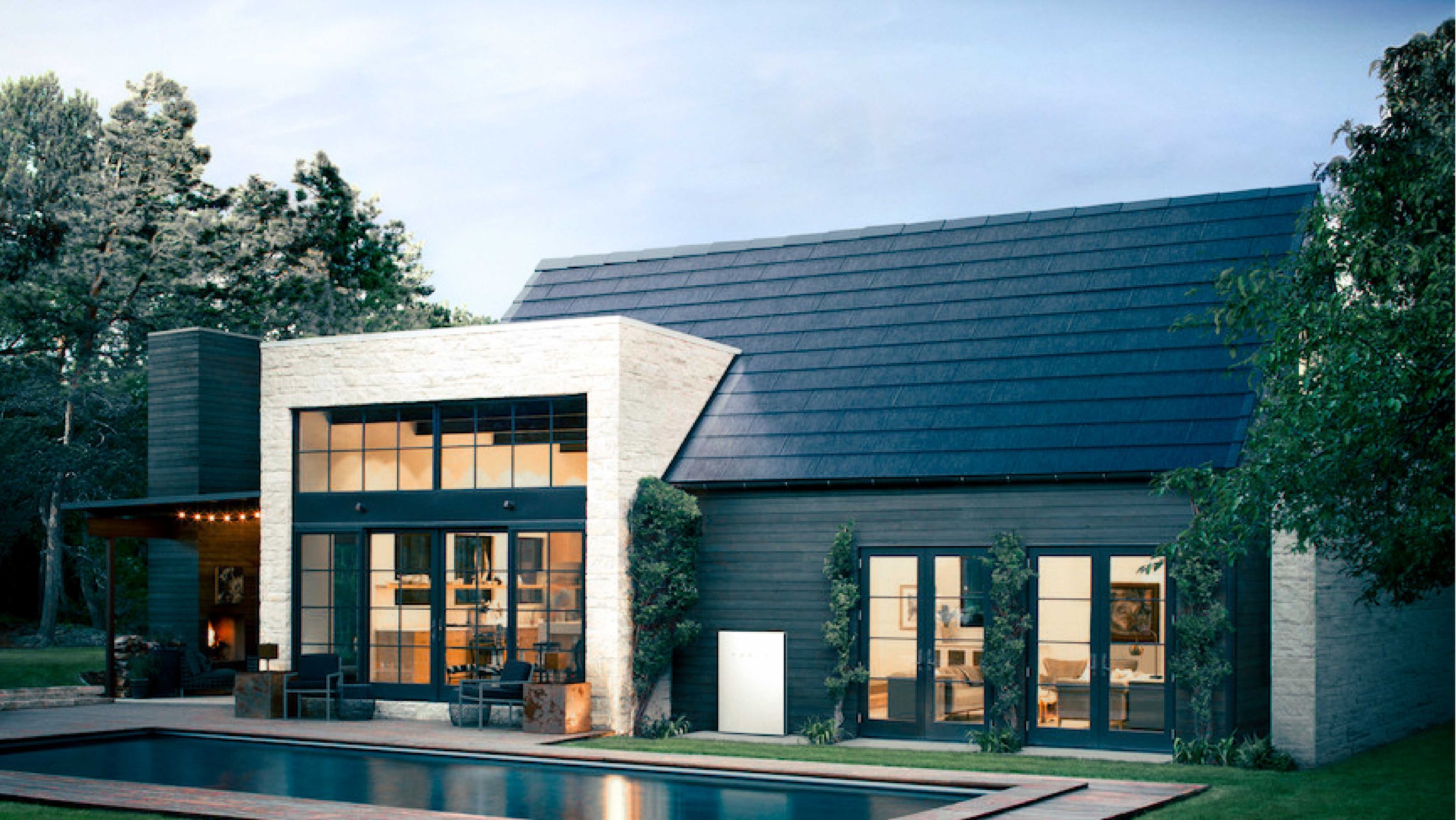The Rise of Tesla: Part 5 - BEYOND THE CAR
One of the reasons for Tesla’s massive stock market valuation is the belief amongst investors in its potential to generate future revenues beyond just selling cars. With up to eight cameras, always-on internet and GPS, Tesla has been acquiring mammoth amounts of data to develop its autonomous capabilities. With real-time feeds from every Tesla car on the road, the company has been mapping and learning fully autonomous software capabilities.
Known as Autopilot, this could potentially give Tesla a worldwide lead in the expected future of the fully self-driving car. Tesla cars already have Autopilot, Summon Mode and Full Self Driving (FSD). There are six stages for autonomous cars - I’ll cover them in a future blog (and in my book) - but it’s safe to say that, for now, Tesla is way ahead, not necessarily because of their technology, but because of their live data gathering head start.
The Tesla Model S has been -on and off- the fastest accelerating production car in the world over the last few years, occasionally losing its title to others like the electric Porsche Taycan, before launching an even quicker variant. Borrowing terminology from the nerdy Space Balls movie, Tesla has named its fastest Model S modes and models as ‘Ludicrous’ and ‘Plaid’ with the latter capable of 0-60 mph in just 1.9 seconds. While these speeds are exhilarating, they are of little daily use to the average driver. The purpose of these modes it so to demonstrate the innovation and efficiency of Tesla as a leader.
The next ‘beyond the car’ potential is the charging network. From the early days, Tesla began installing Superchargers on major routes across the US and Europe. The first Supercharger opened in September 2012 and as of 2021 there are over 2,500 stations with over 24,000 individual chargers. These Superchargers are high-capacity direct current units, capable of charging a Tesla Model S from 0 to 80% in 25 minutes; in my book I dive into how Supercharging works, how it’s a massive advantage to Tesla and my experience driving all over Europe and the US.
The biggest take away from the Supercharging experience is EASE OF USE. The car + driver + charger are ‘connected’ via the Tesla touchscreen for an easy drive-plug-drive, with no buttons, screens or options. Unlike other car manufacturers, Tesla has its own charging infrastructure and the competitive advantage and user experience cannot be overstated. It’s also a huge potential future revenue generator by selectively allowing other manufacturers to use the network at some point. (See also motoring journalist David Yu’s guest blog dated 1/11/2021 where he describes his first long distance drive in a Tesla when he took a UFODRIVE Model 3 from London to Glasgow for COP 26)
The next is shared mobility. The Tesla Model 3 comes with, a yet to be activated, inside camera facing the occupants. This is a feature for a planned peer-to-peer, Airbnb-style, sharing service whereby owners could short term ‘rent’ out their own vehicles to others. Musk has also stated that as self-driving technology develops, the Tesla Model 3 and Y could be ‘Robotaxis’ with the camera protecting against vandalism. Being one of the safest cars in the world combined with partial and full autonomous features, insurance becomes another area to examine. With its lower probability for an accident, real-time driver behaviour tracking and new pay per use insurance models, Tesla launched its own insurance aiming to deliver drivers 20%-30% lower premium costs with an ‘Autonomous Vehicle Protection Package’. Electric cars, combined with preventative accident technologies and future autonomous cars, may redefine how traditional car insurance has worked for a century, another huge area for potential disruptive leadership by Tesla.
With the controversial acquisition of Solar City, Tesla can offer a complete sustainable energy package to consumers. Solar tile roofs (instead of unsightly solar panels) offer a near invisible solar solution. A Tesla Powerwall (effectively a car battery on the wall) in your home, powered by the Tesla roof can then provide energy independence for your home and car. Car to grid systems in some geographies can allow your car and/or roof’s excess energy to be sold back into the local energy provider.
Of course, not all locations enjoy the sunshine levels of Texas or California, but solar technology is improving and the cost to energy ratios are reducing, making this technology closer to becoming mainstream in the years ahead - a lot more on this later. Tesla therefore has the capability to offer a one-stop-shop from energy to mobility.
Tesla doesn’t just provide power walls for homes. Its energy solutions division has made high profile power solutions to solve energy crises in places like Puerto Rico and Australia. After Puerto Rico was devastated by hurricane Maria, Musk said he could potentially rebuild its entire electrical infrastructure with Tesla solar and Tesla battery packs. In 2017 Tesla installed power packs and solar panels at a major children’s hospital on the island, whilst Musk himself donated $250,000 to the efforts.
In Australia, Tesla has supplied massive battery installations to ease pressure on Victoria’s energy grid. Following a 2016 storm, South Australia experienced a total blackout after suffering 80,000 lightning strikes and two tornadoes. At the Hornsdale Power Reserve, there is now enough Tesla battery capacity to store up to 100 MW of energy. This gives the region a buffer against future outages. Musk made a bet that in just 100 days the energy farm could be up and running and if they missed the deadline, it would be free. Musk won the bet.
Advancing battery technology (a subject I will cover in-depth) and Tesla’s new energy storage credibility gives the company another big head-start over competitors and offers potential huge future revenue streams. From self-driving cars, car sharing, solar energy, large-scale energy storage, insurance to its Supercharger network, Tesla has built an impressive conglomerate in the future of energy and mobility. All of this has been achieved mostly only in the last decade.


